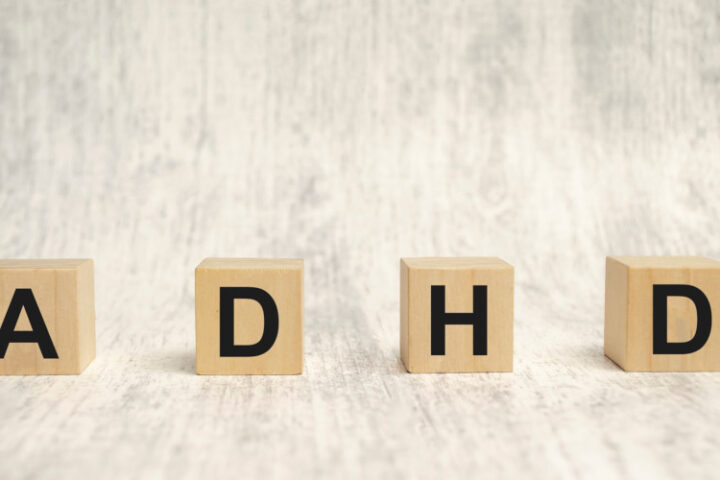Codeine is a widely prescribed opioid medication used for pain relief and as a cough suppressant. While it is effective in managing mild to moderate pain and alleviating coughs, it carries a high risk of addiction and should be used with caution. Knowing what codeine is, its potential side effects, how addictive it can be, and recognizing signs of addiction are crucial steps in addressing the impact of this potent opioid.
What Is Codeine?
Codeine is an opioid drug prescribed to treat mild to moderate pain and to relieve coughing. You might recognize it under various brand names and formulations, such as:
- Tylenol with Codeine
- Robitussin AC
- Fiorinal with Codeine
- Promethazine with Codeine
Unlike the occasional headache or minor aches, over-the-counter (OTC) medications like acetaminophen or ibuprofen may not always be sufficient for pain management. Codeine is sometimes combined with these OTC medications to enhance pain relief.
Common Side Effects of Codeine
Like any medication, codeine can cause undesirable side effects. Some common ones include:
- Nausea
- Vomiting
- Dizziness
- Lightheadedness
- Constipation
- Drowsiness
These side effects can vary from person to person and are more likely to occur if the medication is misused, such as taking higher doses or using it more frequently than prescribed.
The Addictive Nature of Codeine
Codeine is classified as a Schedule II or III drug, depending on the formulation, indicating a potential for abuse and addiction. This classification highlights its potential for dependence, especially when misused or used for extended periods.
Recognizing Signs of Codeine Addiction
Given its potential for addiction, recognizing early signs of dependence is vital. Some signs to watch for include:
- Taking larger doses than prescribed
- Continuing to use codeine after it is no longer needed for pain relief or cough
- Doctor shopping to obtain multiple prescriptions
- Experiencing withdrawal symptoms when not using codeine
- Continuing to use despite negative consequences
If you or someone you know exhibits any of these signs, it may be indicative of codeine addiction.
What to Do If You Notice Signs of Codeine Addiction
Addressing codeine addiction promptly can prevent further health complications. Here are steps to take if you suspect someone is struggling with addiction:
Seek Professional Help
Accessing professional addiction treatment programs is crucial for recovery from codeine addiction. These programs offer a structured environment where individuals can receive medical supervision, counseling, and medications to manage withdrawal symptoms and reduce cravings. Treatment often includes:
- Detoxification: Medical detox helps safely manage withdrawal symptoms under the care of healthcare professionals.
- Therapy: Both individual and group therapies are utilized to address the psychological aspects of addiction. Cognitive-behavioral therapy (CBT) is commonly used to help individuals understand the thoughts and behaviors that contribute to their addiction.
- Medication-Assisted Treatment (MAT): Medications such as buprenorphine or methadone can be used to reduce withdrawal symptoms and cravings, helping to prevent relapse.
Join a Support Group
Support groups provide a platform for individuals to share their experiences and receive encouragement and motivation from others who have faced similar challenges. Narcotics Anonymous (NA) is a well-known support group that follows a 12-step program designed to help individuals recover from drug addiction. Benefits of support groups include:
- Peer Support: Sharing experiences with peers can help reduce feelings of isolation and provide a sense of community.
- Accountability: Regular meetings and a support network can help individuals stay committed to their recovery goals.
- Practical Advice: Members can offer practical tips and strategies for managing cravings and avoiding relapse.
Incorporate Healthy Practices
Adopting healthier ways to manage emotional distress and physical discomfort is essential during withdrawal and recovery. Techniques such as meditation, yoga, and breathing exercises can help soothe the mind, while physical activities like hiking or walking can release bodily tension. Benefits of these practices include:
- Stress Reduction: Mindfulness practices such as meditation and yoga can reduce stress and anxiety, which are common triggers for substance use.
- Physical Health: Regular physical activity can improve overall health, boost mood, and reduce cravings.
- Emotional Regulation: These practices can help individuals develop healthier coping mechanisms for dealing with difficult emotions.
Contacting Professionals for Support
Recognizing signs of codeine addiction and seeking timely professional support can make a significant difference in the recovery journey. Addiction specialists, therapists, and counselors can provide the necessary guidance and support. Key points to consider:
- Assessment: Professional assessment helps determine the severity of the addiction and the most appropriate treatment plan.
- Support Network: Professionals can connect individuals with additional resources, including support groups and community services.
- Ongoing Care: Continuous care and follow-up are essential to prevent relapse and ensure long-term recovery.
Addressing codeine addiction involves a multifaceted approach that includes professional treatment, support groups, and the incorporation of healthy practices. By recognizing the signs of addiction and seeking timely help, individuals can navigate the path to recovery and achieve long-term sobriety. Understanding the resources and support systems available can empower individuals and their loved ones to take proactive steps towards overcoming addiction.




